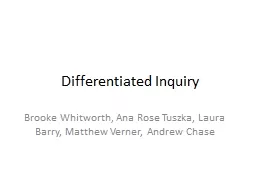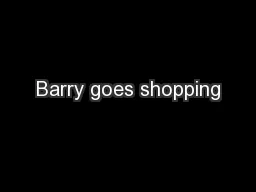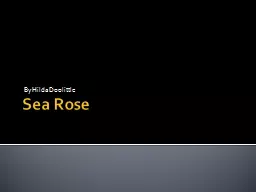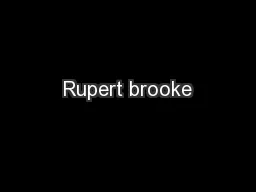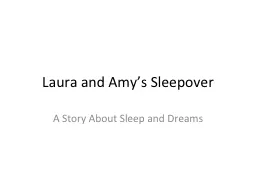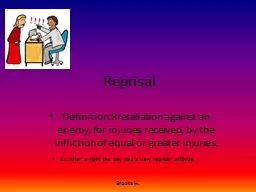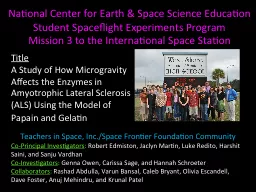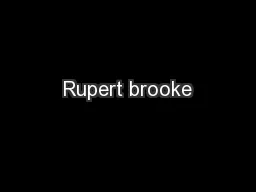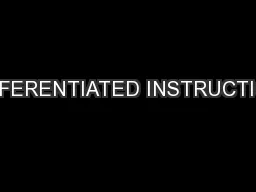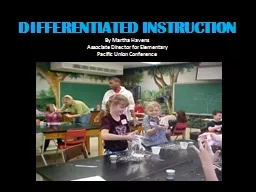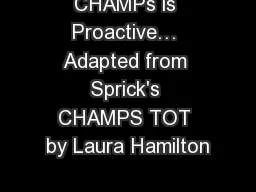PPT-Differentiated Inquiry Brooke Whitworth, Ana Rose Tuszka , Laura Barry, Matthew
Author : kittie-lecroy | Published Date : 2019-10-31
Differentiated Inquiry Brooke Whitworth Ana Rose Tuszka Laura Barry Matthew Verner Andrew Chase What is inquiry The ways in which scientists study the natural
Presentation Embed Code
Download Presentation
Download Presentation The PPT/PDF document "Differentiated Inquiry Brooke Whitworth,..." is the property of its rightful owner. Permission is granted to download and print the materials on this website for personal, non-commercial use only, and to display it on your personal computer provided you do not modify the materials and that you retain all copyright notices contained in the materials. By downloading content from our website, you accept the terms of this agreement.
Differentiated Inquiry Brooke Whitworth, Ana Rose Tuszka , Laura Barry, Matthew: Transcript
Download Rules Of Document
"Differentiated Inquiry Brooke Whitworth, Ana Rose Tuszka , Laura Barry, Matthew"The content belongs to its owner. You may download and print it for personal use, without modification, and keep all copyright notices. By downloading, you agree to these terms.
Related Documents

